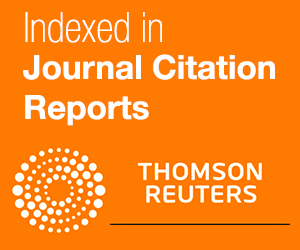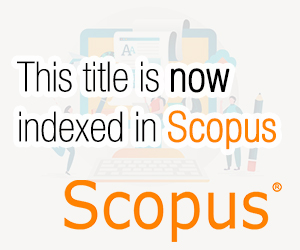PRINCIPLE COMPONENT ANALYSIS FOR THE VARIATION AMONG THE POPULATIONS OF LABEO ROHITA
F. Rasool, N. A. Qureshi*, S. Parveen**, M. Siddique*, A. Hameed***, M. Ashraf, N. Khan and K. J. Iqbal
Faculty of Fisheries and Wildlife, Department of Fisheries and Aquaculture, University of Veterinary and Animal Sciences, Lahore-Pakistan
*Faculty of Sciences and Technology, Government College University, Faisalabad-Pakistan
**Faculty of Sciences, Department of Zoology and Fisheries, University of Agriculture, Faisalabad-Pakistan
***NIAB, Faisalabad
Corresponding author E-Mail: fayyazrasool@uvas.edu.pk
ABSTRACT
The principle component analysis for the degree of variation among the populations of Labeo rohita from five geographical locations was done by the Pearson type Principal Component Analysis (PCA) in XLSTAT 2012 version 1.02. Hundred samples from each site were collected and the morphometric parameters of each sample were noted. For the environmental conditions of each geographical location the water analysis was also done and the correlation between the different physicochemical parameters viz., water temperature, Dissolved Oxygen (DO), pH, electrical conductivity, total hardness, total alkalinity and total dissolved solids of water quality was computed by Minitab version 16. The results obtained from the PCA indicated clearly that the increase in the number of factors or components was correlated with the decrease in eigenvalues. The PCA divided the fish populations of five locations on the basis of morphometery into two main components, which all together accounted for 80.27% of the cumulative variation among the morphometric parameters. The first group amongst the major two groups accounted for 64.245% of the cumulative variability while the second accounted for 16.028% of the cumulative variability.
Key words: PCA, Labeo rohita, Farmed, Natural, Morphometric Parameters. |





